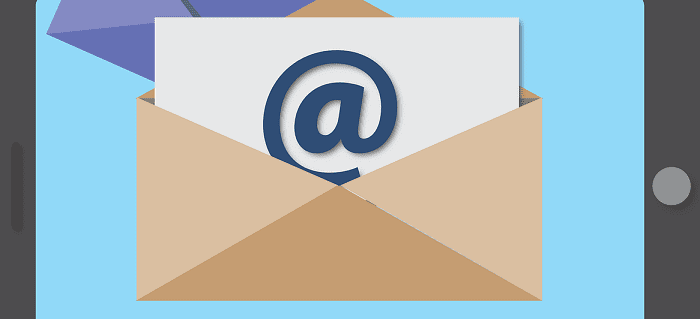The battle for the customers continues as the competition among brands heats up.
Social media and email play an important role in this area, because they allow companies to get closer to the customers, thus increasing the digital outreach.
When it comes to advertising a new product or service, brands want to reach as many customers as possible. Otherwise they will fail miserably without people even knowing about them.
Winning customer attention and loyalty is a complicated and difficult task that every business needs to engage in to succeed. In this area, digital outreach is one of the hottest methods available.
“Every change our business undergoes is customer-driven,” says Joe Sheetz, the CEO of Sheetz, Inc.
This phase can be used to characterize modern online marketing. Every successful business aims to reap the rewards of digital outreach and use it to make products and services that will be popular.
How to ensure my digital outreach is effective?
Every business is personal; just ask any entrepreneur. Earlier, this principle did not extend all the way to the customers, but now it surely does because businesses have become much more customer-driven.
According to the latest marketing reports and surveys, around 45 percent of companies are “satisfied” that they know their customers’ future needs.
Digital outreach is the primary method that allows them to know these future needs, because it collects the information about the customers and helps to develop products and services.
While using digital technologies to make the company more competitive and reaching the customers sounds great, it has to be done in the right way.
To ensure that your digital outreach is done right, you need to make it personal.
Imagine this situation: you are getting offers from a company on a weekly basis, but the offers do not reflect your interests. Of course, all of these messages end up in the trash, and future communications will be perceived as spam.
At least until the day you suddenly realize that you actually need something from that company.
The most important thing to understand here is that the outreach was ineffective because it was impersonal.
The customer thought that the messaging did not reflect his or her interests.
On the other hand, if the offers were personalized, the customer’s attitude would be much different.
For example, if the company reaches out before the customer’s birthday and offers a discount on gifts based on the categories that you were interested in previously, it is very likely that you would change your perception of these communications as spam.
Why? Because they were personally relevant.
Therefore, the digital outreach should be made personal and based on customer’s interests to be successful.
Can I use tools here?
There are many tools that can be used to ensure the right approach to digital email outreach.
GroupHigh, for example, is software that acts as a one-stop shop for online outreach, enabling to identity, connect with, and manage potential customers.
Boomerang, on the other hand, focuses more on the follow-up and helps to schedule follow-up messages that need to be sent to the customer who did not respond to the first one. As the result, the user has a much cleaner inbox and ensures taking the most out of the digital outreach.
Conclusion
Digital outreach is a powerful tool for getting new leads and converting them into customers, but it has to be done right to be successful.
Only personalized messages will work here. Otherwise they will be considered as spam and ignored, which happens for many companies.
Your company, on the other hand, can gain a competitive advantage by connecting with the customers in a way that would make them feel appreciated and cared.
Moreover, the process of digital outreach can be greatly automated by a wide range of tools, a couple of which of which were described above.
Featured Image Credit: CC 0; Public Domain. Original image sourced from pixabay.com.
Disclaimer: The views and opinions stated in this post are that of the author, and Return On Now may or may not agree with any or all of the commentary.
Scott Ragin
Latest posts by Scott Ragin (see all)
- How to Build Customer Loyalty Via Digital Outreach - April 4, 2017





